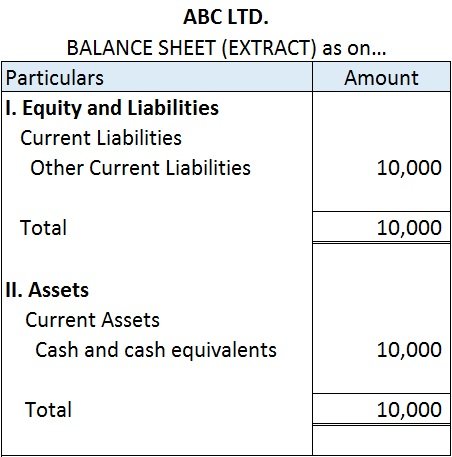Unrecorded Assets are the assets that are completely written off but still physically available in the company or assets that are not shown in the books of the company. Unrecorded assets are generally recorded or recognized at the event of admission, retirement, death of a partner when all the assetRead more
Unrecorded Assets are the assets that are completely written off but still physically available in the company or assets that are not shown in the books of the company.
Unrecorded assets are generally recorded or recognized at the event of admission, retirement, death of a partner when all the assets and liabilities are revalued or dissolution of the firm.
Since Accounting Standards require firms to record all the assets and liabilities in their books, it is therefore mandatory to record such unrecorded assets.
There can be two cases for treatment of such unrecorded assets:
- Unrecorded Asset entered into the business and recorded in books
| Unrecorded Asset A/c (Dr.) | Amt | |
| To Revaluation A/c | Amt |
The unrecorded asset is now debited since it has to be recorded in the books now and Revaluation Account is credited since it is again for the business which will eventually be transferred to Partners’ Capital Account.
- Unrecorded Asset taken over by a partner and paid cash
| Cash A/c (Dr.) | Amt | |
| To Partners’ Capital A/c | Amt |
If a partner decides to take over an unrecorded asset then his account is credited with that amount and since cash paid by the partner comes into business Cash Account is debited.
- Unrecorded Asset discovered during Dissolution
| Cash/ A/c (Dr) | Amt | |
| To Realization A/c | Amt |
When an unrecorded asset is discovered during the dissolution of the firm, such an asset is sold directly to the outsider and as a result, cash A/c is debited since the cash is entering the business. The entry is made through the Revaluation A/c and it is hence credited.
Example:
At the time of revaluation, firms find a typewriter that has not been recorded in the books and is valued at Rs 10,000. The journal entry to record that typewriter will be:
| Typewriter A/c (Dr.) | 10,000 | |
| To Revaluation A/c | 10,000 |
See less






To start with let me first explain the difference between receipts and income & payment and expenditure. Although Receipts and Income may look similar terms, there are some differences. Receipts have their relation with both cash and cheques received on account of various items of the organizatiRead more
To start with let me first explain the difference between receipts and income & payment and expenditure.
Although Receipts and Income may look similar terms, there are some differences.
Receipts have their relation with both cash and cheques received on account of various items of the organization. Whereas, income is considered as a revenue item for finding surplus or deficit of the organization. All the receipts collected during the year may not be considered as income.
For Example, if an organization sale of its assets that is of a capital nature, it would not be considered as an item of income and hence would be treated in the balance sheet.
Similarly, Payment and Expenditure are two different terms. Payments are those that have their relation with cash and cheques given for various activities of the organization. Whereas, Expenditure is considered as revenue expenditure for ascertainment of surplus or deficit in the case of a not-for-profit organization. All payments made during the year may not be considered as expenditures.
Differences

See less